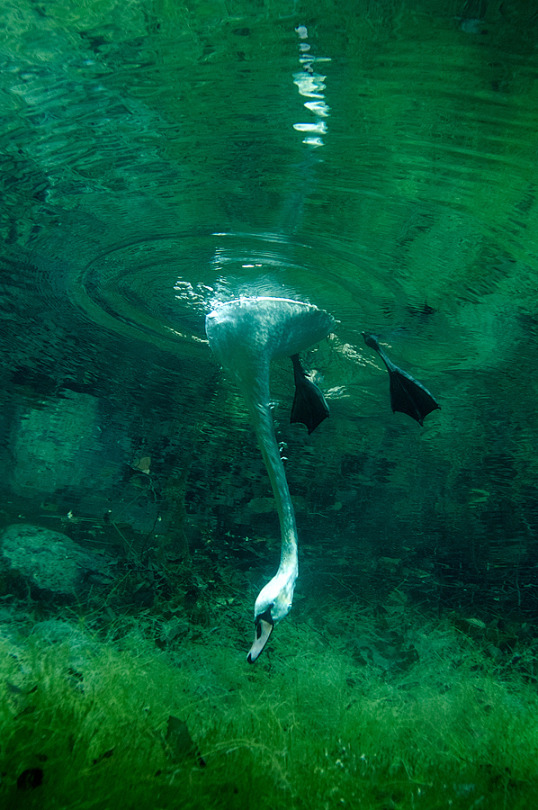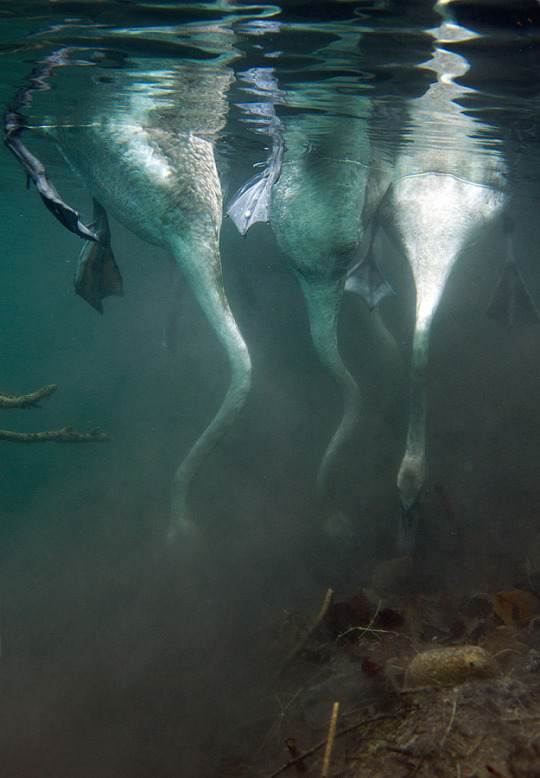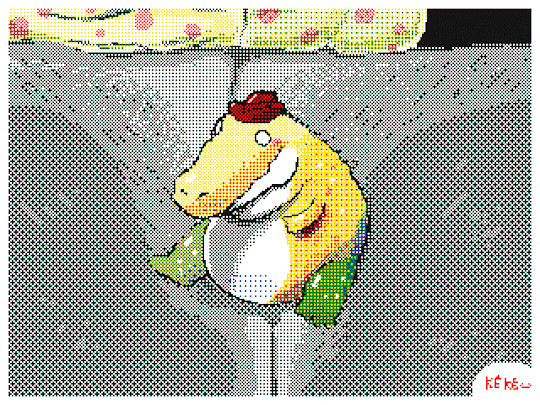the-art-cave
107 posts
Creature art of the extinct, the extant, and the fictional beasts of the world. this account is really just a mini archive of all my current art, and my paleontological interests, feel free to follow but I don't post often. my main blog is Volley-Ball-101.
Don't wanna be here? Send us removal request.
Text
In a monumental discovery for paleontology and the first of its kind "Mummy of a juvenile sabre-toothed cat Homotherium latidens from the Upper Pleistocene of Siberia"

Abstract The frozen mummy of the large felid cub was found in the Upper Pleistocene permafrost on the Badyarikha River (Indigirka River basin) in the northeast of Yakutia, Russia. The study of the specimen appearance showed its significant differences from a modern lion cub of similar age (three weeks) in the unusual shape of the muzzle with a large mouth opening and small ears, the very massive neck region, the elongated forelimbs, and the dark coat color. Tomographic analysis of the mummy skull revealed the features characteristic of Machairodontinae and of the genus Homotherium. For the first time in the history of paleontology, the appearance of an extinct mammal that has no analogues in the modern fauna has been studied. For more read here: https://www.nature.com/articles/s41598-024-79546-1
26K notes
·
View notes
Text
😔💔

Homotherium cub based on the incredible newly discovered mummy!
9K notes
·
View notes
Text



Reblog if you want Asks/Messages from your followers in your inbox
23K notes
·
View notes
Text
You know I was actually thinking about that! It was the closest I had ever seen someone come to the same realization. I just didn't know where to find it 😭
I have a theory that the majority of popular dragon designs nowadays are based off of the general shape and flow of an ungulate. Or more specifically, a horse.
117 notes
·
View notes
Text
I have a theory that the majority of popular dragon designs nowadays are based off of the general shape and flow of an ungulate. Or more specifically, a horse.
117 notes
·
View notes
Text
Holy. Shit.


209 notes
·
View notes
Text
UPDATE: We finally got the see the potatoes


i’m spending today thinking about how saber toothed cats ALSO probably had a potato form. how they also had a stage where they were fat little babies with very triangle tails and tiny squeaky voices. how they also probably play wrestled and failed badly at calculating jumps.
i’m going to fistfight god for killing them off before i could personally see fat potato saber kittens
#But at what cost...#Technically not Smilodon but they're very similar#I never thought it live to see a headline like this#I'm shocked and I want to know everything#homotherium#Homotherium mummies#Paleontology
70K notes
·
View notes
Text
I mapped out the basic flow of a horse's head shape, and then applied it to a random set of popular dragon designs in media and it matches up pretty much the same, just with the proportions changed.


Sorry if I sound like a nerd but I think about this every now and then and it annoys me that no one else sees it 😭
I have a theory that the majority of popular dragon designs nowadays are based off of the general shape and flow of an ungulate. Or more specifically, a horse.
#Dragons#Horses#Dragons are horse shaped a lot of the time#In WOF they have a horse look but they ALSO have a cow look#with their snout and also their droopy ears#Sorry if the diagram is confusing I tried my best 😔
117 notes
·
View notes
Text
I have a theory that the majority of popular dragon designs nowadays are based off of the general shape and flow of an ungulate. Or more specifically, a horse.
117 notes
·
View notes
Note
Is it true that the larger the ridge on the back of an animal's skull, the stronger the jaws?
Typically, yes. The temporalis muscle, one of the main muscles responsible for chewing, attaches to the sides of the skull. The bigger that muscle is, the more space it needs to attach and a large sagittal crest is a good indicator of an animal with exceptional mastication muscles. But there are other factors to consider when trying to determine the strength of an animal’s bite.
Animals like opossums
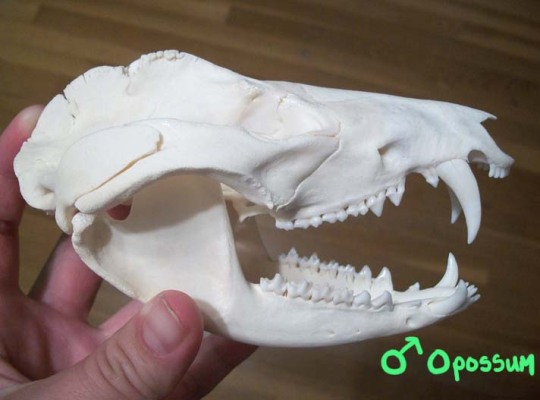
and fishers

have especially large sagittal crests and very strong jaws to go with them but they don’t necessarily have a bite force that translates to being the strongest for their size in the animal kingdom. I read one study recently that said that fishers have a very similar bite force to that of red foxes and lynx, even with that enormous crest.
Gorillas, hippos, hyenas, and bears have some of the strongest jaws for mammals and I believe salt water crocodiles have the most powerful of all. But look at hyena and bear

skulls. They do have noticeable sagittal crests (kodiak, polar, and grizzly bears even more so than this black bear) but they also have large, strong teeth, thick zygomatic arches which are also where jaw muscles attach, an overall very dense bone structure, and massive neck muscles. All of that adds up to a devastating, bone-crushing bite.
What I like most about sagittal crests is how helpful they can be in identifying the sex of an animal. Male fishers like the one above can get huge crests, as do male sea lions, male gorillas, and males of many other species. Generally, the males of most species are larger and stronger than the females. Their bodies produce testosterone, a hormone that encourages the growth of larger muscles and with those larger muscles, like the temporalis, they’ll need bigger bone structures, like sagittal crests, to support them. How else are they gonna show off how fit and fiiine they are for the ladies (and the competition!)?
Below are a couple of examples.
Female raccoons (and subadult males but you can usually tell age by bone sutures) have smooth craniums while males typically have small sagittal crests. The fellow on the right here has one of the largest crests I’ve come across on a raccoon.
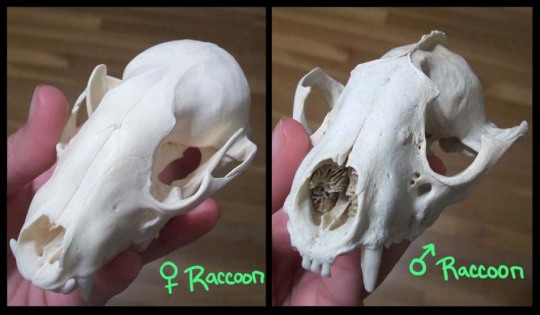
You can tell the gender of canid skulls similarly. Females can have smooth craniums but often they do have a fairly well-developed sagittal crest (dogs have very strong jaws) but it is never quite as pronounced as it is on male animals.
Here’s a pair of very large domestic dog skulls. The top I know for certain is from a male Rottweiler but the lower one’s history is unknown. But, based on the shape of the skull (not as wide through the eyes, smaller sagittal crest), I would bet that it came from a female dog.
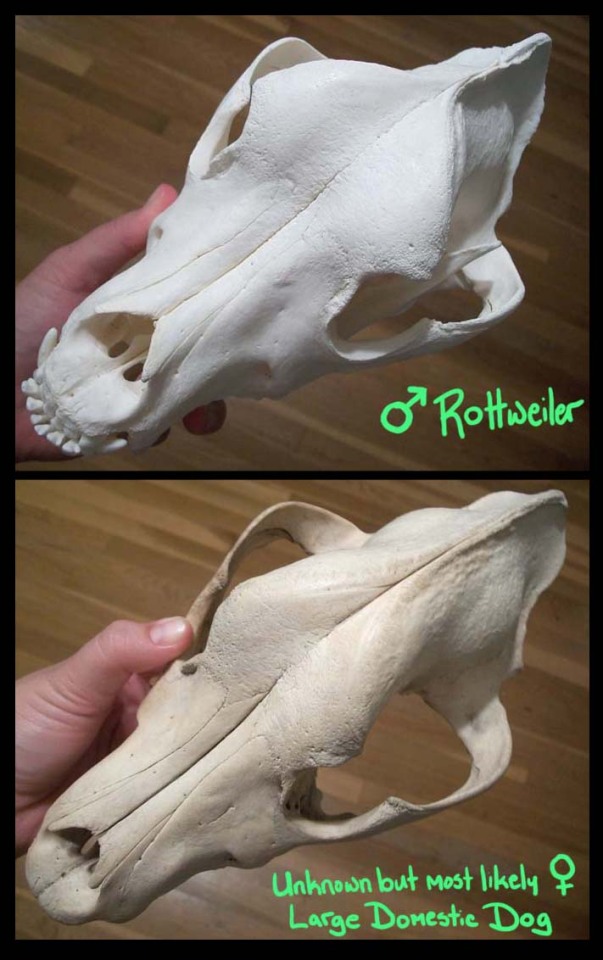
These two skulls came from a male and female Carolina Dog. A friend of mine used to raise them and after these two passed he was kind enough to let me have their skulls.
These skulls are very similar in appearance but again, pay attention to the shape of the skulls. The female has a slightly smaller sagittal crest than the male and the male’s skull is wider and more robust in appearance.

Sexual dimorphism is apparent in the skull shape of many other species as well. The size of a sagittal crest is definitely one of the biggest giveaways on lots of carnivores and many omnivores. Not so much with herbivores but they often have handy-dandy tells like antlers and horns.
So there you go, Anon. Way more information than I’m sure you wanted, but hopefully it was helpful! Thanks for the ask!
480 notes
·
View notes
Text

I was just feeling absolutely devastated about a month ago and couldn't do anything with myself because distractions wouldn't work, so I tried to draw the specific feeling I was experiencing at the time. It isn't even meant to be good or well thought out, it was just a "draw-whatever-I-can" sort of situation and this was the product. That is all
#I'm posting because I feel this way now but I lost the drawing tablet so I can't do anything#It's nothing that deep. Me and my girlfriend just broke up at the time#We broke up right after her birthday#And my gift wasn't finished in time so I never got to give it to her#So instead I mailed it to her and asked that she let me know when she gets it#It was supposed to arrive at her place today and I haven't heard anything from her yet#I'm pretty sure she either forgot or the package is just late#but im scared that she just doesn't care about it and thus won't text me#I put every piece of my heart and soul into her gift so I just want closure that she got it#Sorry for ranting in the tags. I don't really have anyone else to go to
3 notes
·
View notes
Photo
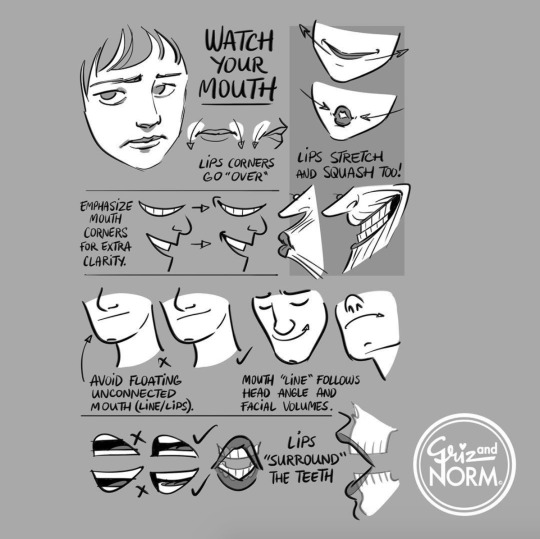
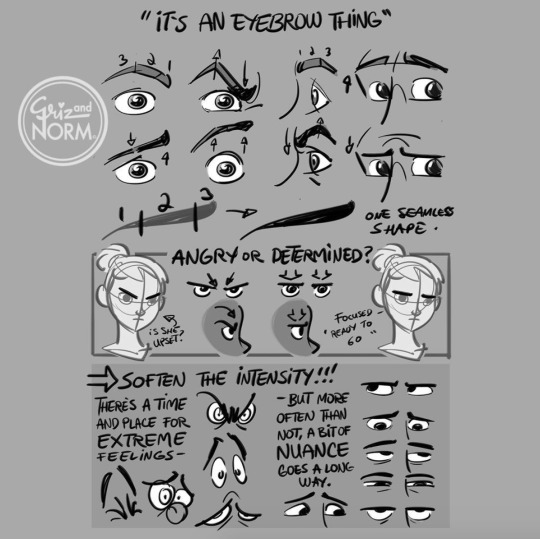
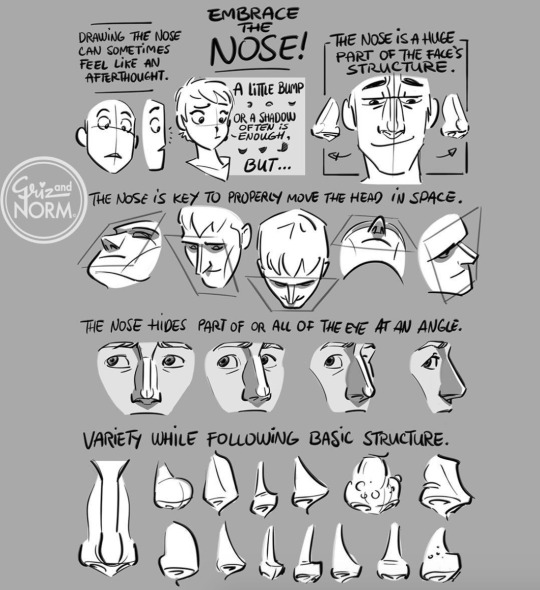



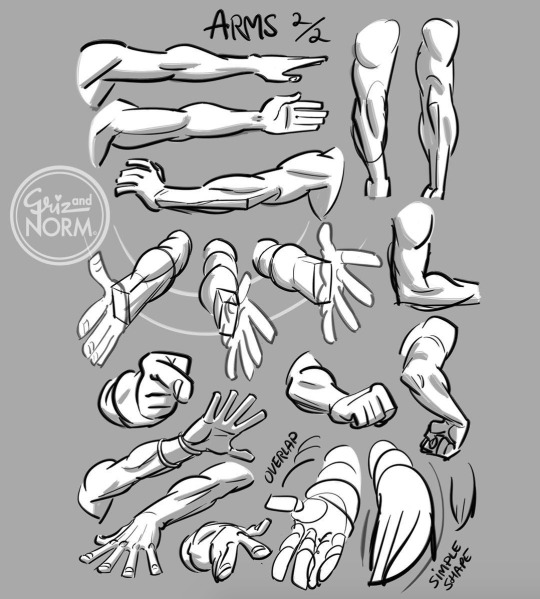
Art tutorials by Disney artists Griz and Norm Lemay
94K notes
·
View notes
Text
Reblogging again for my 20th birthday because not even 1 hour into June 1st and people are already fighting on every platform 😁 BUT I'm a-okay because I actually got to kiss a girl for the first day of pride month. So it balances it out

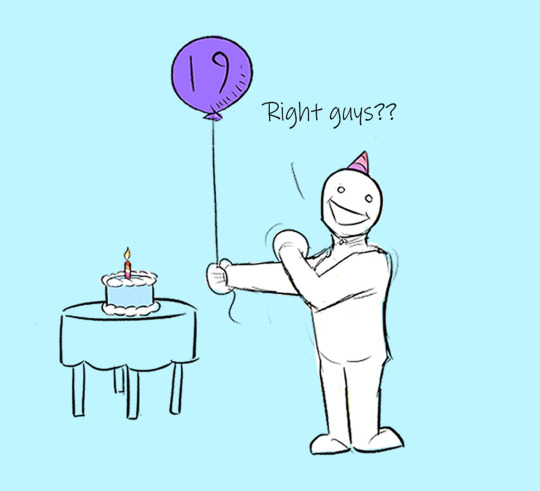
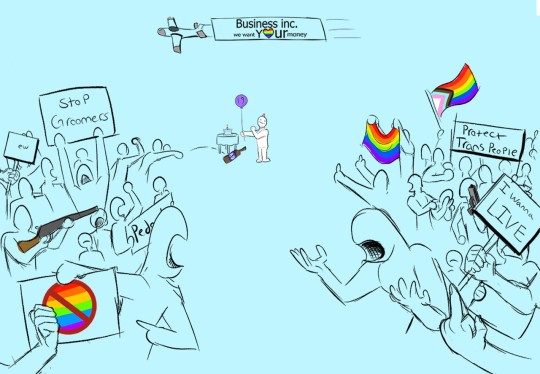
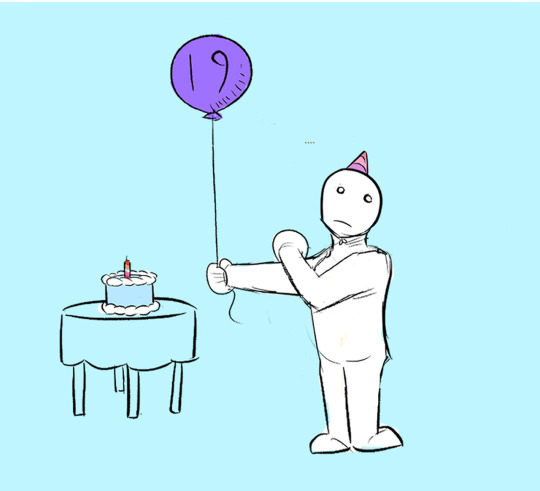
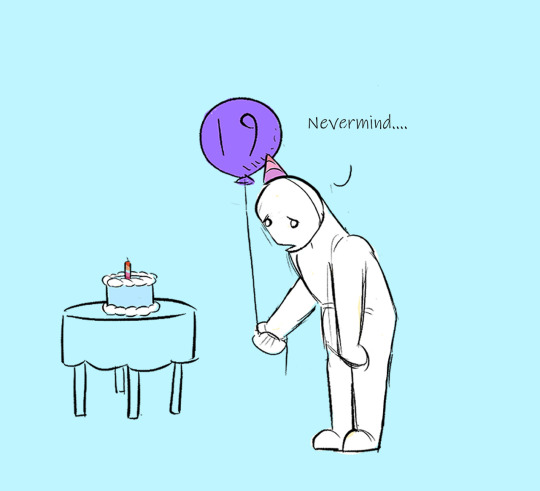
I don't enjoy being a June baby anymore ☹
#Pride month#Gay#Lesbian#It was in the EPCOT BALL for anyone wondering#Yeah. That's right. I'm a Disney enjoyer#For anyone that has ever ridden that ride you KNOW that it is one of the coolest places to kiss#Definitely doing that again 10/10 probably gonna kiss the whole ride next time#So glad it was on one of my favorite rides as a kid#Anyway happy pride month my lovelies
22 notes
·
View notes
Text

“A lion walks alone in the desert.
This is a 1925 photo of possibly the last Barbary lion in the wild before its extinction. It was taken by French photographer Marcelin Flandrin while he was onboard a flight on the Casablanca-Dakar air route.
Barbary lions once roamed the vast deserts and mountains of the Barbary coast in North Africa from present day Morocco to Egypt. They were thought to have been one of the largest lion species to have ever existed and were noted for having distinctly dark manes. These were the same lions that were regularly captured by hunters for their games in the Roman colosseum. Damnatio ad bestias (Latin for “condemnation to beasts”) was a form of capital punishment practiced by the Romans in which the condemned prisoner was executed by Barbary lions or other big cats.
The population of Barbary lions continued to decline with the expansion of the Arab empire from 632 to 1258—when the Islamic Golden Age came to an end after the Siege of Baghdad by the Mongols. Survivors claimed that “the waters of the Tigris ran black with ink from the enormous quantities of books flung into the river and red from the blood of the scientists and philosophers killed.” Amidst the turmoil in the region and as empires crumbled and fell, the Barbary lions continued to survive until the arrival of European colonists in the 19th century. Big-game hunting rose in popularity during this time and effectively killed off the few that were left. Not a single Barbary lion was seen from 1901 to 1910, and by the 1920s, most scientists believed that they had become extinct.
There was a reported sighting in Morrocco in 1948 and in a heavily forested area in Algeria (near the city of Sétif) as late as 1958. The forest, however, was destroyed during the Algerian War in the same year.
Today, there are approximately 100 captive lions that possess the genes of the Barbary lions, however, none of them are pure.”
56 notes
·
View notes

